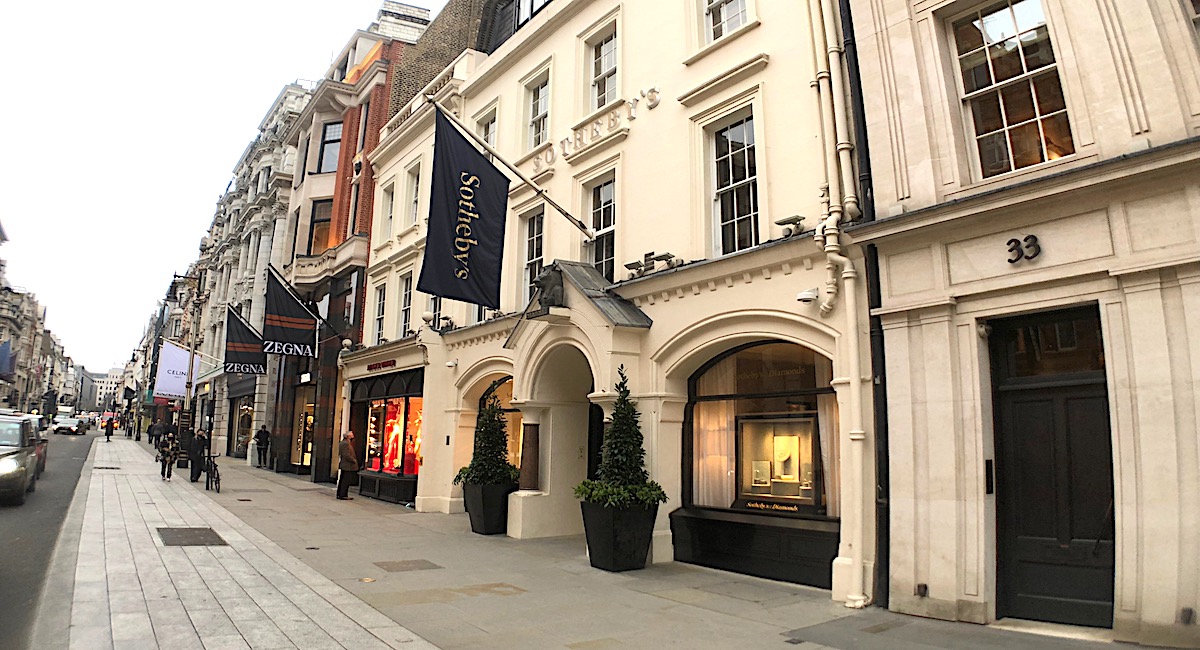The U.S. Department of the Treasury has published their study on the facilitation of money laundering and the financing of terrorism through the trade in works of high-value art. Heavyweight art dealers and auction houses spent over $1 million lobbying federal officials in Washington on this and other regulatory issues over the past two years. The long awaited report seems to wash over many of the problems existing in the upper end of the art market and makes only a passing reference to the sale of NFTs and the use of hard to trace cryptocurrencies.
The Treasury weighs against regulation in the report but admits Art market poses money-laundering risks
“We have found that while certain aspects of the high-value art market are vulnerable to money laundering, it’s often the case that there are larger underlying issues at play, like the abuse of shell companies or the participation of complicit professionals, so we are tackling those first,” said the Senior Treasury official appropriately named Scott Rembrandt.
This study examined art market participants and sectors of the high-value art market that may present money laundering and terrorist financing risks to the U.S. financial system and identified efforts that government agencies, regulators, and market participants could undertake to further mitigate the laundering of illicit proceeds through the high-value art market in the United States. As a result, Congress mandated the study in the Anti-Money Laundering Act of 2020.
Several qualities inherent to high-value art – the way it is bought and sold and sure market participants – may make the high-value art market attractive for money laundering by criminals. These include the high dollar value of transactions, transportability of goods, a longstanding culture of privacy and use of intermediaries (e.g., shell companies and art advisors), and the increasing use of high-value art as an investment class.
“As we tackle systemic challenges like corporate transparency and other loopholes that allow criminals to abuse the U.S. financial system, we will look at what else might be needed to address money laundering risks specific to other industries, including the art industry,” added Rembrandt, Deputy Assistant Secretary for Strategic Policy in the Office of Terrorist Financing and Financial Crimes.
The study found that while there is some evidence of money laundering risk in the high-value art market, there was limited evidence of terrorist financing risk. The participants most vulnerable to money laundering in the art market are businesses that offer financial services, such as art- collateralized loans. Still, they are not subject to comprehensive anti-money laundering/countering the financing of terrorism (AML/CFT) obligations. As a result, asset-based lending can be used to disguise the source of funds and provide liquidity to criminals.
“Once we’ve tackled more systemic issues, like creating a beneficial ownership registry to crack down on shell companies, we will look at what else might be needed to address money laundering risks specific to other industries, including the art industry,” the Treasury official, said in his statement.
Entities with lower annual sales turnover levels (such as small galleries) and entities that only occasionally transact high-value art (such as third-party online marketplaces, museums, other non-profits) may present a lower risk. In contrast, entities with more considerable annual sales turnover and regularly transact in high-value art in the ordinary course of business may offer a higher risk. Further, the emerging digital art market, such as the use of non-fungible tokens (NFTs), may present new risks, depending on the structure and market incentives.
To address the identified risks, the study recommends consideration of several non-regulatory and regulatory options: Encouraging the creation and enhancement of private-sector information-sharing programs to foster transparency among art market participants; updating guidance and training for law enforcement, customs enforcement, and asset recovery agencies; using FinCEN recordkeeping authorities to support information collection and enhanced due diligence; and applying AML/CFT requirements (such as suspicious activity reporting and know-your-customer procedures) to sure art market participants and obligating them to create and maintain AML/CFT In considering these steps, Treasury will consider how these measures could mitigate identified money laundering risk, the potential burden on more minor art market participants, privacy considerations, and progress on addressing systemic AML/CFT issues, such as the abuse of shell companies. In developing the study, Treasury conducted dozens of interviews with art market participants, such as auction houses, galleries, financial institutions, art advisors, art subject matter experts across the U.S. government, international partners that regulate or are regulating the art sector, and academic and non-governmental organisations.
Photo: © Artlyst 2022

